
Grotella binda is a moth in the genus Grotella, of the family Noctuidae. The species was first described by William Barnes and James Halliday McDunnough in 1907. This moth species is found in North America, including Arizona, its type location.
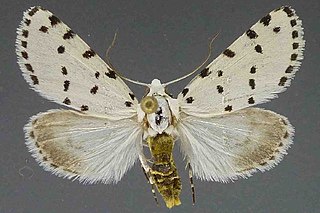
Grotella blanchardi is a moth in the genus Grotella, of the family Noctuidae. The species was first described by Rowland R. McElvare in 1866. This moth species is found in North America, including New Mexico and Texas.
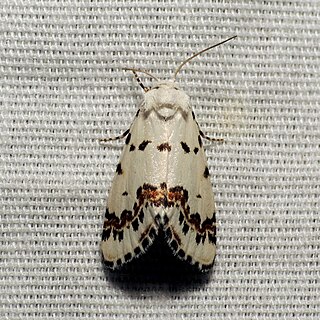
Grotella tricolor is a species of moth in the genus Grotella, of the family Noctuidae. This moth is found in the US states of California and Arizona. It was first described by William Barnes in 1904.
Grotella vauriae is a moth in the genus Grotella, of the family Noctuidae. The species was first described by Rowland R. McElvare in 1950. This moth species is found in North America, including Texas, its type location.
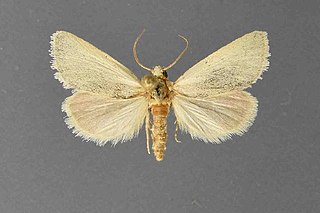
Grotella grisescens is a moth in the genus Grotella, of the family Noctuidae. The species was first described by William Barnes and James Halliday McDunnough in 1910. This moth species is found in North America, including New Mexico and Arizona.

Grotella harveyi is a species of moth in the genus Grotella, of the family Noctuidae. This moth species is found in North America, including Colorado, its type location.

Grotella olivacea is a moth in the genus Grotella, of the family Noctuidae. The species was first described by William Barnes and James Halliday McDunnough in 1911. This moth species is found in North America, including New Mexico, its type location.
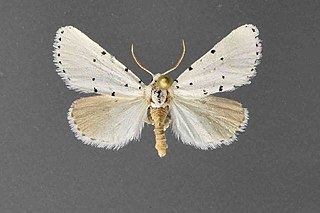
Grotella sampita is a moth in the genus Grotella, of the family Noctuidae. The species was first described by William Barnes and James Halliday McDunnough in 1907. This moth species is found in North America, including Arizona, its type location.

Grotella margueritaria is a moth in the genus Grotella, of the family Noctuidae. The species was first described by André Blanchard in 1968. This moth species is found in North America, including Texas, its type location.
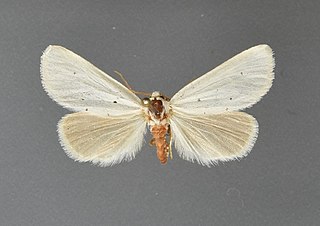
Grotella parvipuncta is a moth in the genus Grotella, of the family Noctuidae. The species was first described by William Barnes and James Halliday McDunnough in 1912. This moth species is found in North America, including New Mexico, its type location.

Grotella septempunctata is a moth in the genus Grotella, of the family Noctuidae. The species was first described by Leon F. Harvey in 1875. It can be found in North America, from Texas to Colorado.

Grotella stretchi is a species of moth in the genus Grotella, of the family Noctuidae. This moth species was first described by William Barnes and Foster Hendrickson Benjamin in 1922. It is found in North America, including California, its type location.
Grotella vagans is a species of moth in the genus Grotella, of the family Noctuidae. This moth species was first described by William Barnes and Foster Hendrickson Benjamin in 1922. It is found in North America, including Nevada, its type location.
Grotella melanocrypta is a moth in the genus Grotella, of the family Noctuidae. The species was first described by Harrison Gray Dyar Jr. in 1912. This moth species is found in North America, including Puebla, Mexico, its type location.
Grotella pyronaea is a moth in the genus Grotella, of the family Noctuidae. It was first described by Herbert Druce in 1895. This species is found in North America, including Guerrero, Mexico, its type location.

Maliattha signifera is a species of moth of the family Noctuidae first described by Francis Walker in 1858. It is found in south-east Asia, including China, India, Japan, Taiwan, Korea and Thailand as well as in Australia (Queensland).
Alberada parabates is a species of snout moth in the genus Alberada. It was described by Harrison Gray Dyar Jr. in 1913, and is known in North America from Arizona, California, Colorado, New Mexico, Oklahoma, Texas and Mexico.
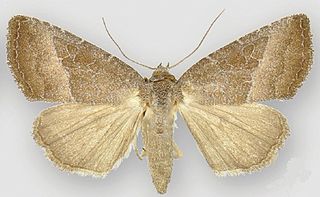
Ogdoconta cinereola, the common pinkband moth, is a moth in the family Noctuidae. It is found in eastern, central, and south-western North America. It occurs from southern Ontario and Quebec south to southern Florida. At the western edge of its distribution, it occurs from Manitoba southward through the Great Plains of Nebraska and Iowa, south throughout most of Texas, and westward through southern New Mexico to south-eastern Arizona. The distribution extends south to the state of Coahuila in northern Mexico.

Ogdoconta satana is a moth in the family Noctuidae. It is found in western Texas and Carlsbad Caverns National Park in Eddy County, New Mexico. It is probably also present in Mexico.
Nites grotella, the hazel leaftier moth, is a moth in the family Depressariidae. It was described by Robinson in 1870. It is found in North America, where it has been recorded from Nova Scotia to New York, as well as in Manitoba and Ontario.













